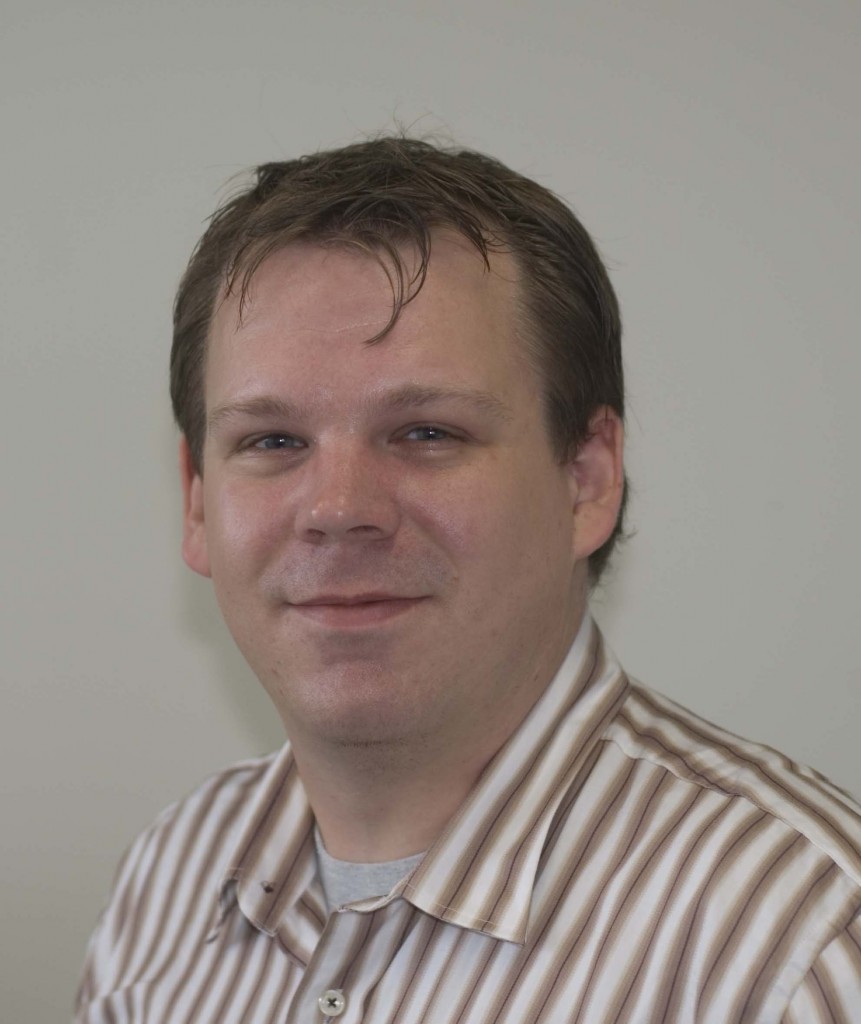Thomas Junkers graduated with a PhD in physical chemistry in 2006 from Göttingen University, where he had worked under the guidance of Prof. Michael Buback on Pulsed Laser Polymerization methods for the elucidation of chain-length effects in macroradical termination. Subsequently, he joined the Centre for Advanced Macromolecular Design at the University of New South Wales in Sydney, continuing to work on radical polymerization kinetics, but also starting to work on polymer synthesis projects. In the midlle of 2008, he followed Prof. Christopher Barner-Kowollik to the Karlsruhe Institute of Technology , working as a senior researcher until he was appointed Professor at Hasselt University early 2010. At UHasselt, he started the Polymer Reaction Design Group within the department of organic and (bio)polymer chemistry of the institute for materials research (www.imo.uhasselt.be). Recently, he received a prestigeous Odysseus grant from the Funds for Scientific Research Flanders (FWO) to support his work on the controlled synthesis of organic conducting materials. Generally, his research focuses on the design of facile polymer synthesis pathways, control methodologies for unconventional radical polymerization systems, efficient polymer conjugation reactions, state-of-the art polymer characterization as well as kinetic modelling.
Please follow the link for further information on Thomas’ research group and his recent paper published in Polymer Chemistry.
What was your inspiration in becoming a chemist?
I grew up in Leverkusen (Germany), hence since early childhood I was literally surrounded by chemistry. While such chemical industry setting may have the adverse effect on many people, it only got me deeper into the sciences. Wanting to understand what happens (and why) on a molecular level was my driving force ever since I learned what atoms and molecules are. It is this (sometimes childish) fascination I got back then that until today gives me the motivation to carry on.
What was the motivation behind the research in your recent Polymer Chemistry paper?
When we developed the Enhanced Spin Capturing Polymerization (ESCP) method and there with the Nitrone-Mediated Radical Coupling (NMRC) technique, we immediately started to extend its applicability by combining it with as many different methods as possible. When I moved to Belgium one of my first contacts became the labs in Liege, where the cobalt chemistry was developed that we have now put together with the nitrone’s spin capturing activity. The combination of both methods proved to be very success and fruitful but moreover, I enjoyed a very nice collaboration between several labs.
Why did you choose Polymer Chemistry to publish your work?
As so many others have already noted, Polymer Chemistry has rapidly become a very respected journal and I much appreciate the selection of papers and topics that are covered. I must say the proportion of articles that get my deeper interest in Polymer Chemistry is significantly larger than with many other journals in the field.
In which upcoming conferences may our readers meet you?
You will meet me in October in Hasselt at the ‘Photovoltaics at the nanoscale’ conference. The next chance will then be at the Australasian Polymer Symposium in Hobart in February.
How do you spend your spare times?
Not enough with sports. But luckily, my little son is keeping me busy – usually a much appreciated change from the academic world. Also, meeting friends and family or just listening to good music is a good way to relax. Otherwise I enjoy travelling, hiking and scuba diving.
Which profession would you choose if you were not a scientist?
When I went to university, information technology was my second choice. Today I think I would do something very different and study psychology or maybe history and politics. More realistically, however, (if I really had to choose something new) I would probably open up a sushi restaurant.











